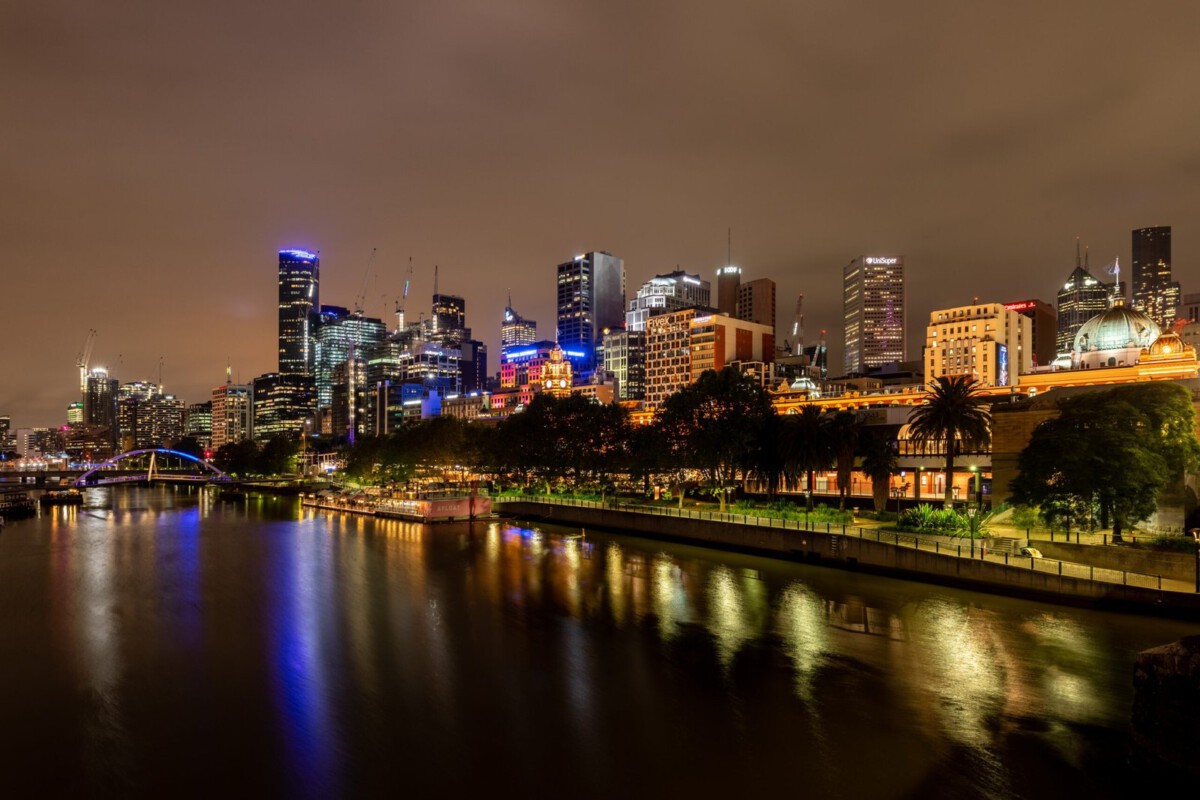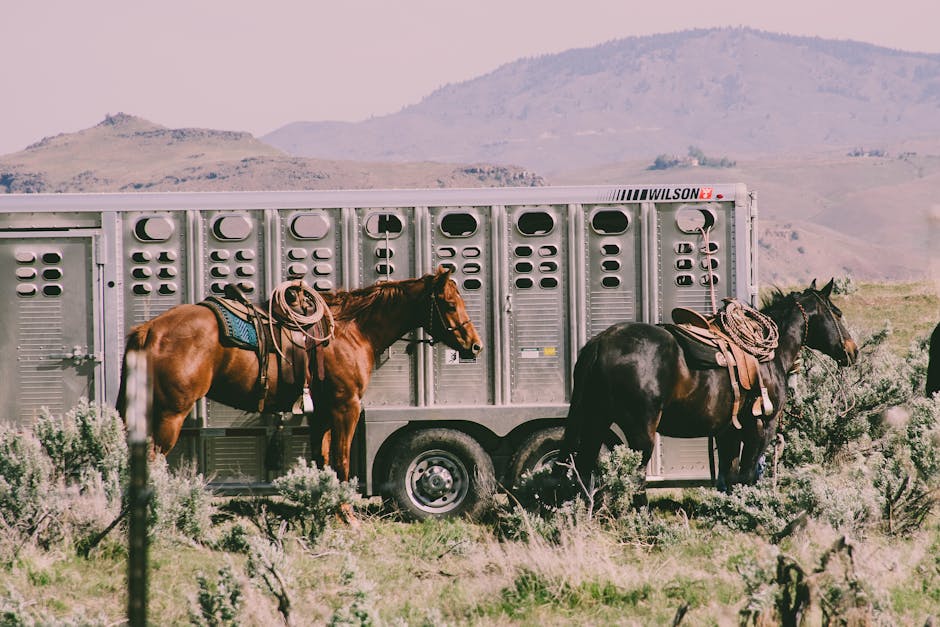
A Desperate Measure in a High-Risk Zone (Image Credits: Pixabay)
Topanga, California – Smoke hangs heavy in the canyon air as wildfire season looms, forcing tough choices for a community tucked away in the Santa Monica Mountains.
A Desperate Measure in a High-Risk Zone
Imagine flames racing toward your home with no clear escape route. That’s the nightmare scenario L.A. County Fire officials are preparing for in Topanga. Recent discussions reveal a shift toward shelter-in-place orders when evacuation just isn’t feasible. This approach has sparked heated debates, yet it stems from the area’s tricky geography.
Topanga’s narrow roads and rugged terrain often turn into bottlenecks during emergencies. Past fires, like the Palisades blaze years back, showed how quickly things can gridlock. Officials now see staying put as a potential lifesaver, not a last resort.
Community Pushback Heats Up
Residents packed a recent town hall, their faces etched with worry. Assistant Fire Chief Drew Smith laid out the plan, but not everyone bought in. Experts question if homes can truly shield against intense heat and embers. One local called it “gambling with lives,” highlighting the fear rippling through the neighborhood.
Still, the fire department insists they’ve studied the risks thoroughly. They point to data from other regions where sheltering worked under similar conditions. Tensions run high, though, as families weigh the unknowns.
Breaking Down the Shelter-in-Place Strategy
At its core, this policy means hunkering down with precautions like sealing windows and creating defensible space. It’s not about ignoring the danger but managing it when roads fail. L.A. County Fire emphasizes that this would only kick in if escape routes are blocked or overwhelmed.
Think of it like a storm cellar during a tornado – preparation makes all the difference. Officials are ramping up education on retrofitting homes with fire-resistant materials. Yet, doubts linger about whether every structure measures up.
No Easy Alternatives on the Table
The department’s stance is clear: evacuation remains the gold standard, but Topanga’s layout leaves few backups. Narrow canyons and single-access points spell trouble during peak fire hours. They’ve explored widening roads and adding alerts, but budget and environment constraints slow progress.
However, this isn’t surrender. Fire crews would still battle blazes from afar while supporting those sheltered. It’s a calculated risk in a place where nature calls the shots.
Steps Residents Can Take Now
Getting ready starts with the basics. Clear brush within 100 feet of your house to starve the flames. Stock up on masks, water, and non-perishables for at least 72 hours indoors.
- Install smoke detectors and fire extinguishers in key spots.
- Seal gaps around doors and vents to block smoke.
- Map out your home’s safest room, away from windows.
- Join community drills to practice the plan.
- Coordinate with neighbors for mutual aid.
These actions build resilience. Local groups like the Topanga Coalition for Emergency Preparedness offer workshops to dive deeper.
Lessons from Fires Past
History offers sobering insights. In 2021, the Bobcat Fire forced evacuations that saved lives but exposed road vulnerabilities. Topanga dodged the worst then, yet smaller incidents remind everyone of the ever-present threat. Climate change amps up the intensity, making proactive plans essential.
Comparing strategies, here’s a quick look:
| Approach | Pros | Cons |
|---|---|---|
| Evacuation | Removes people from danger zone | Road congestion, delayed response |
| Shelter-in-Place | Keeps traffic off roads for firefighters | Requires strong home defenses |
Such tools help families decide their best path forward.
As wildfires evolve, Topanga’s story underscores a harsh truth: adaptation is key to survival in fire-prone spots. What steps are you taking to prepare? Share your thoughts in the comments below.
Key Takeaways
- Shelter-in-place is a targeted response for inescapable scenarios in Topanga.
- Community input shapes the plan, but experts urge more testing.
- Personal preparedness turns policy into protection – start today.







